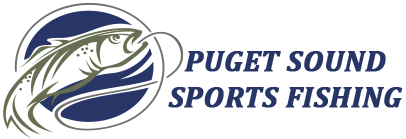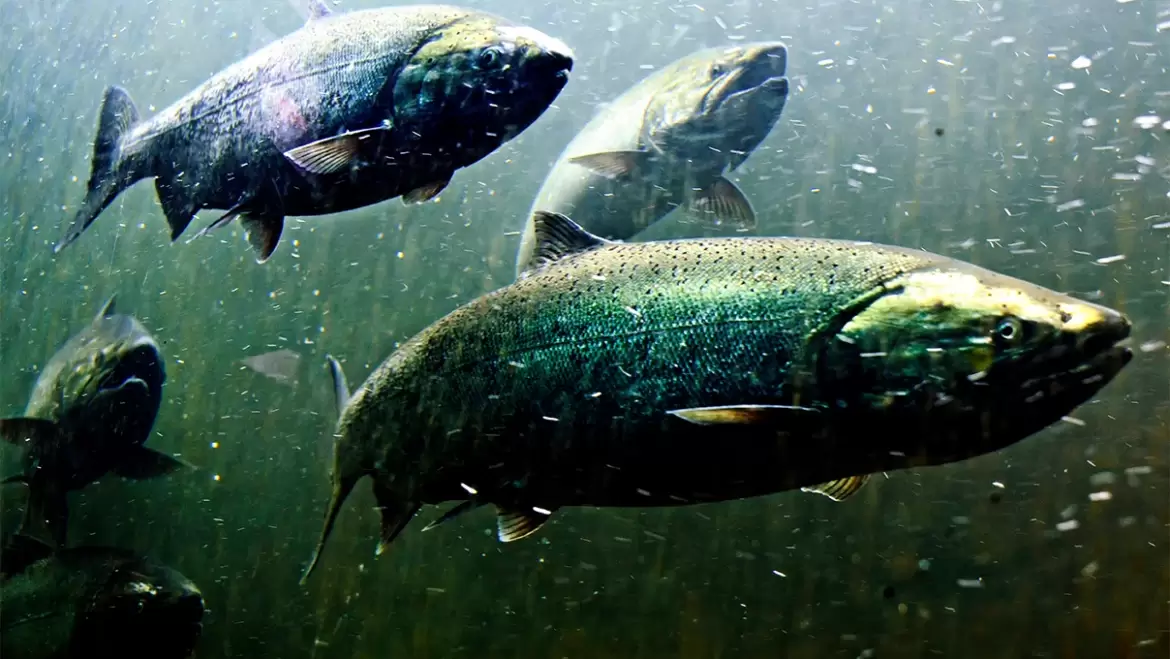Salmon runs are a natural phenomenon that captivates anglers worldwide, drawing them to rivers, streams, and coastal waters in pursuit of these prized fish. To maximize your chances of a successful fishing trip, it’s essential to understand the timing of salmon runs. In this blog, we’ll explore the intricacies of salmon migration patterns, to help increase your salmon fishing success.
The Timing of Salmon Runs
Salmon runs vary depending on the species, location, and environmental factors, making timing a crucial consideration for anglers. Typically, salmon migrate from the ocean to freshwater rivers and streams to spawn, undertaking arduous journeys that can span hundreds or even thousands of miles. Understanding the timing of these migrations is key to intercepting salmon at their peak abundance.
Research Local Salmon Species
Different species of salmon have distinct migration patterns, with some returning to their natal streams annually, while others follow longer cycles. Research the specific salmon species in your area, such as Chinook, Coho, Sockeye, Pink, or Chum, to determine their typical run timings. Local fisheries departments, online resources, and fishing forums can provide valuable insights into when and where each species is likely to be found.
The Puget Sound in Washington state hosts several key salmon species. Chinook, prized for their size, share the waters with Coho, known for their acrobatics. Sockeye, recognizable by their deep red flesh, migrate to spawn in freshwater. Pink salmon, abundant every two years, and chum salmon, with distinctive hooked jaws, are also prevalent. Additionally, steelhead trout, exhibiting salmon-like behaviors, inhabit the region’s waters. Each species contributes to the ecosystem and offers unique angling opportunities.
Know the Peak Seasons
Salmon runs are often categorized into distinct seasons based on when specific species are most abundant in a particular area. For example, in many regions, Chinook salmon runs peak in the summer and fall, while Coho salmon runs may occur in the late summer and early fall. Understanding these peak seasons can help you plan your fishing trips accordingly, maximizing your chances of encountering large numbers of salmon.
The peak salmon season in the Puget Sound of Washington typically occurs from summer through fall, offering anglers ample opportunities to pursue these prized fish. Chinook salmon runs often peak from July through September, with Coho salmon joining the fray from September through November. Sockeye salmon typically make their appearance during the summer months, with peak runs occurring in July. Pink salmon, abundant in odd-numbered years, flood the waters during the late summer months. Chum salmon runs peak from October through December, providing anglers with late-season opportunities. During this time, rivers, streams, and coastal areas teem with migrating salmon, creating an exhilarating fishing experience amidst the stunning natural beauty of the Puget Sound region.
Monitor Environmental Factors
Environmental conditions, such as water temperature, flow rates, and precipitation, play a significant role in influencing salmon behavior and migration patterns. Keep an eye on local weather forecasts and water conditions leading up to your planned fishing trip. Changes in environmental factors can impact salmon runs, affecting their timing and abundance in specific locations.
Stay Flexible and Patient
While timing your fishing trip based on salmon runs can increase your chances of success, it’s essential to remain flexible and patient. Natural phenomena are inherently unpredictable, and factors such as weather patterns and water conditions can fluctuate unexpectedly. Be prepared to adjust your plans accordingly, and embrace the adventure of exploring new fishing spots and techniques along the way.
Understanding salmon runs and timing your fishing trip accordingly is a fundamental aspect of successful angling. By researching local salmon species, knowing peak seasons, monitoring environmental factors, and maintaining flexibility, you can increase your chances of intercepting salmon at their peak abundance and enjoying a rewarding fishing experience. So, plan your next fishing excursion with salmon runs in mind, and embark on an unforgettable adventure in pursuit of these iconic fish.
Puget Sound Sports Fishing stands as a seasoned leader in salmon fishing charters, boasting over three decades of expertise in navigating the waters and understanding the migratory habits of salmon in the Seattle, Edmonds, and wider Puget Sound region. Our captains bring a wealth of knowledge, ensuring unparalleled experiences for anglers seeking adventure. We provide comprehensive, all-inclusive fishing charter packages, covering everything from top-notch equipment, including rods, reels, bait, and tackle, to cleaning and bagging of your prized catch. Book your next fishing charter with us, where unforgettable memories await amidst the serene beauty of the Puget Sound.
Puget Sound Sports Fishing
300 Admiral Way Edmonds, WA 98020
Click Here For Maps & Directions
(206) 546-5710
Info@PugetSoundSportsFishing.com

